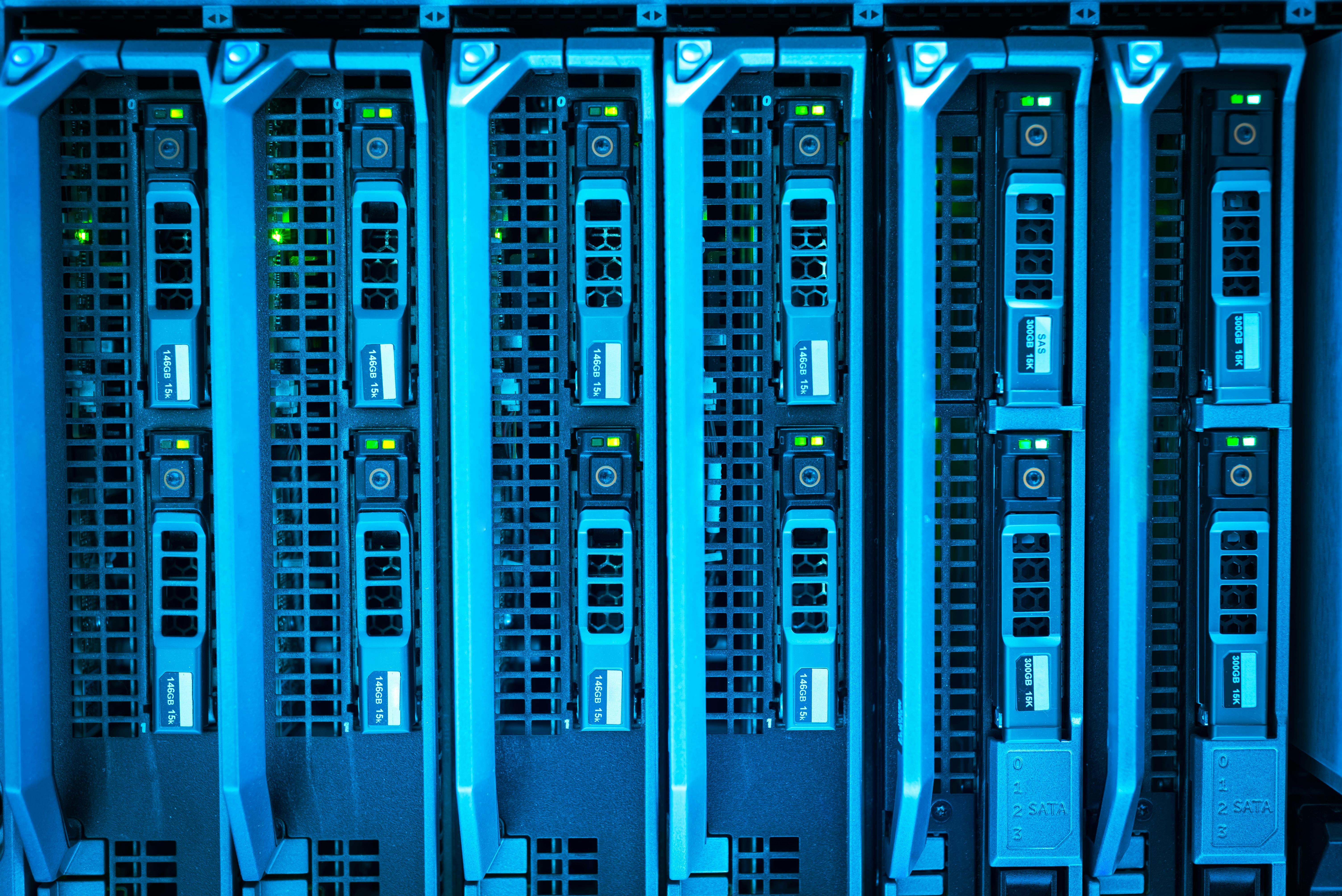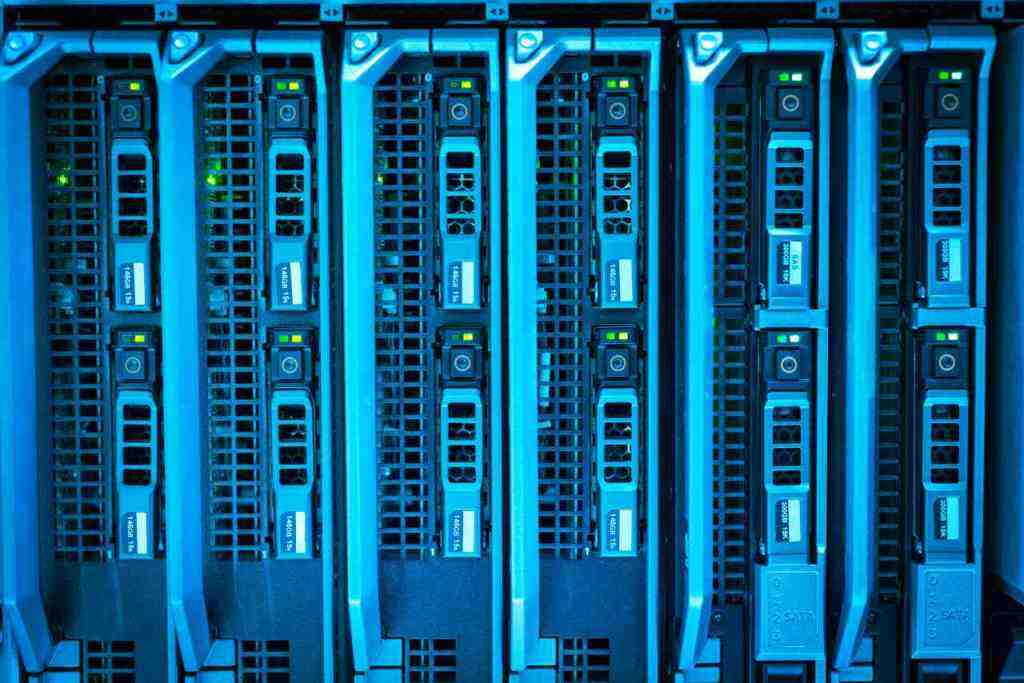Comprehensive Guide to Backing Up and Moving Your Coolify System

Maintaining a robust backup and migration strategy is crucial for any system administrator or developer managing applications with Coolify. Coolify, a self-hosted deployment tool, simplifies application management, but like any critical infrastructure, it requires diligent data protection and a clear plan for relocation. This article provides a comprehensive guide to backing up and moving your entire Coolify system, ensuring business continuity and data integrity as of September 9, 2025.
Understanding Coolify’s Architecture and Data
Before diving into backup and migration procedures, it’s essential to understand what constitutes your Coolify system. Coolify typically manages several key components:
- Application Code: While the code itself is usually managed in a Git repository, Coolify pulls and deploys it.
- Databases: Many applications deployed via Coolify rely on databases (e.g., PostgreSQL, MySQL, MongoDB). These databases, along with their data, are a primary concern for backups.
- Configuration Files: Application-specific configuration files and environment variables stored within Coolify need to be preserved.
- Persistent Volumes/Storage: Any data stored in persistent volumes or mounted storage used by your applications must be backed up.
- Coolify’s Own Configuration: The settings, project definitions, and server configurations within Coolify itself are vital for a complete system restore or move.
Backup Strategies for Your Coolify System
A multi-layered backup approach is recommended to ensure comprehensive data protection. This involves backing up both the applications managed by Coolify and Coolify’s own configuration.
Backing Up Application Data
The method for backing up application data largely depends on the type of application and its data storage. As of early 2025, best practices continue to emphasize automated, regular backups.
Database Backups
Most databases offer built-in tools for creating backups. For instance:
- PostgreSQL: Use to create logical backups. For larger databases or higher availability needs, consider continuous archiving (WAL archiving) or physical backup solutions.
- MySQL: is a common utility for logical backups. For high-traffic databases, explore tools like Percona XtraBackup for hot physical backups.
- MongoDB: is used for creating database dumps. For replica sets, consider snapshotting or using tools like Percona Server for MongoDB with its backup features.
It is crucial to automate these database backup processes. Scripts can be scheduled using cron jobs or integrated into CI/CD pipelines to run at regular intervals (e.g., daily, hourly, depending on data change frequency).
Persistent Volume Backups
If your applications utilize persistent volumes (e.g., Docker volumes, Kubernetes Persistent Volumes), backing up the data within these volumes is essential. Strategies include:
- Filesystem Snapshots: If your storage solution supports it (e.g., ZFS, Btrfs, cloud provider snapshots), leverage these for efficient, block-level backups.
- Application-Level Copying: For certain types of data (e.g., static files), you might be able to rsync or copy the data directly from the volume to a backup location.
- Volume Backup Tools: Specialized tools exist for backing up Docker volumes or cloud-based storage.
Backing Up Coolify’s Configuration
Coolify itself stores its configuration and state. Backing this up ensures that you can restore your Coolify setup to a previous state or migrate it to a new server.
Coolify’s Database
Coolify uses a database (often PostgreSQL) to store its internal state, including project definitions, server configurations, and deployment history. Backing up this database is paramount.
To back up Coolify’s database, you would typically access the database server where Coolify is installed and use standard database backup tools. For a PostgreSQL instance used by Coolify, a command similar to the following might be employed:
Ensure you replace , , and with your specific Coolify database credentials and name.
Coolify’s Application Files and Settings
While Coolify is often run as a Docker container, its configuration files and any associated data outside the container (if not solely reliant on the database) should also be considered. If Coolify is installed directly on a host, back up its installation directory and any configuration files.
Automating Backups
Manual backups are prone to human error and oversight. Implementing automated backup routines is critical for reliable data protection. This can be achieved through:
- Cron Jobs: Schedule scripts that execute database dumps and file copies at regular intervals.
- CI/CD Pipelines: Integrate backup tasks into your continuous integration and continuous deployment pipelines.
- Dedicated Backup Solutions: Utilize specialized backup software or services that can automate the process and manage retention policies.
As of 2025, cloud-based backup solutions offer robust features for automated, off-site storage, versioning, and disaster recovery, which are highly recommended.
Moving Your Coolify System
Migrating your Coolify system can be necessary for various reasons, including hardware upgrades, data center moves, or transitioning to a new cloud provider. A successful migration requires careful planning and execution.
Pre-Migration Planning
Thorough planning is the cornerstone of a smooth migration. Consider the following:
- Target Environment: Identify the specifications of the new server or cloud instance. Ensure it meets or exceeds the requirements of your current Coolify setup and applications.
- Downtime Window: Determine an acceptable downtime window for your applications and the Coolify system itself. Communicate this to stakeholders.
- Data Synchronization: Plan how you will minimize data loss during the migration, especially for applications with high write volumes.
- Testing Strategy: Define how you will test the migrated system to ensure everything functions as expected before going live.
Migration Steps
The migration process generally involves setting up the new environment, transferring data, and reconfiguring Coolify.
1. Set Up the New Environment
Install the necessary operating system, Docker, and any other prerequisites on the new server or cloud instance. Ensure network configurations, firewalls, and security settings are correctly applied.
2. Install Coolify on the New Server
Follow the official Coolify installation guide for the new environment. This typically involves running an installation script or using Docker Compose.
3. Restore Coolify’s Configuration
This is a critical step. You need to restore Coolify’s internal database and any configuration files from your backups.
- Restore Coolify’s Database: Connect to the new Coolify instance’s database and restore the data from your most recent backup file. For PostgreSQL, this might look like:
- Apply Configuration: If you backed up specific Coolify configuration files, ensure they are placed in the correct locations on the new server and that Coolify is restarted to apply them.
4. Migrate Application Data
Once Coolify is running on the new server and its configuration is restored, you need to migrate the data for each application it manages.
- Database Migration:
- Take a final backup of your application databases on the old server.
- Restore these backups to the corresponding databases on the new server.
- Ensure database credentials in Coolify’s application settings on the new server are updated if necessary.
- Persistent Volume Data Migration:
- Copy the data from the persistent volumes on the old server to the corresponding locations on the new server. This might involve using , snapshot restoration, or other file transfer methods.
- Ensure that the persistent volume paths configured within Coolify on the new server correctly point to the migrated data.
5. Re-deploy Applications
After restoring Coolify’s configuration and migrating application data, you will likely need to re-deploy your applications through Coolify on the new server. This ensures that Coolify correctly sets up the application environments with the restored data and configurations.
6. Testing and Verification
Thoroughly test all applications deployed via Coolify on the new server. Verify:
- Application functionality
- Data integrity
- User access
- Performance
- Any external integrations
7. Update DNS Records
Once you are confident that the migrated system is stable, update your DNS records to point to the IP address of the new server. This step makes your applications accessible at their new location.
8. Decommission Old Server
After a successful migration and a period of monitoring, you can safely decommission the old server and its associated data.
Best Practices and Considerations
To ensure a smooth and secure backup and migration process, adhere to these best practices:
Regular Testing of Backups
Backups are only valuable if they can be successfully restored. Regularly test your backup restoration process to identify any issues before a real disaster strikes. As of 2025, automated restore testing is becoming a standard practice.
Off-Site and Immutable Backups
Store backups in multiple locations, including off-site and cloud storage. Consider immutable storage solutions that prevent backups from being accidentally or maliciously altered or deleted.
Version Control for Configuration
While Coolify manages deployments, consider using version control for your infrastructure-as-code (IaC) definitions and application configuration files. This provides an additional layer of safety and auditability.
Documentation
Maintain detailed documentation of your backup procedures, migration plans, and system configurations. This is invaluable for troubleshooting and for onboarding new team members.
Security
Ensure that backup data is encrypted, both in transit and at rest, especially if it contains sensitive information. Secure access to backup storage and management tools.
Monitoring
Implement robust monitoring for both your live applications and your backup processes. Alerts should be set up for backup failures, storage issues, and application performance degradation.
Conclusion
Effectively backing up and moving a Coolify system is a critical task that requires a systematic approach. By understanding the components of your Coolify setup, implementing automated backup strategies for both application data and Coolify’s own configuration, and meticulously planning and executing migration steps, you can ensure the resilience and portability of your deployed applications. Staying updated with the latest best practices in data management and disaster recovery, as of September 2025, will further fortify your system against unforeseen events and facilitate seamless transitions when necessary.
